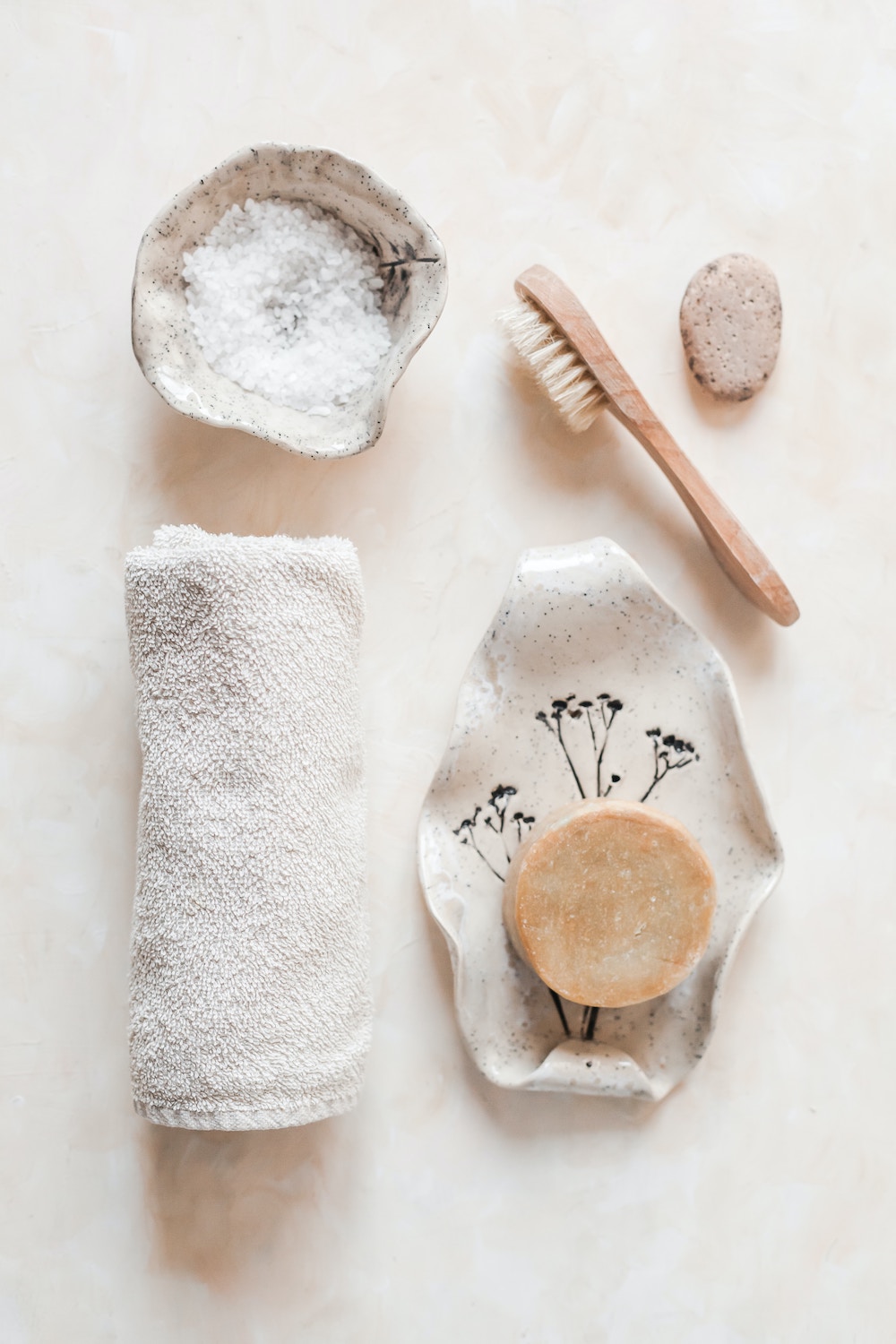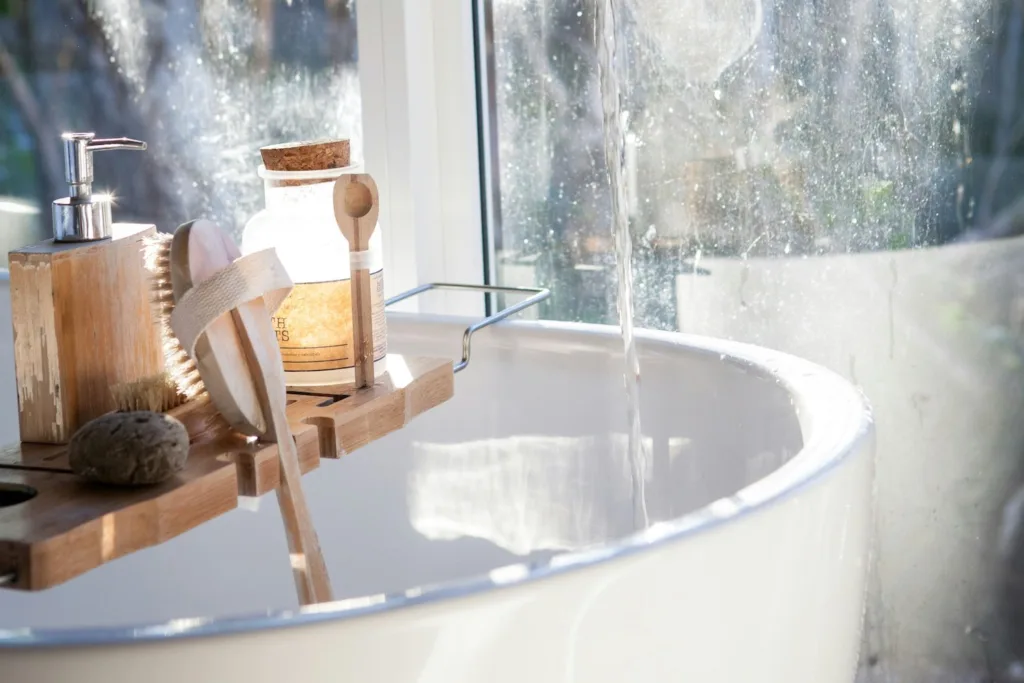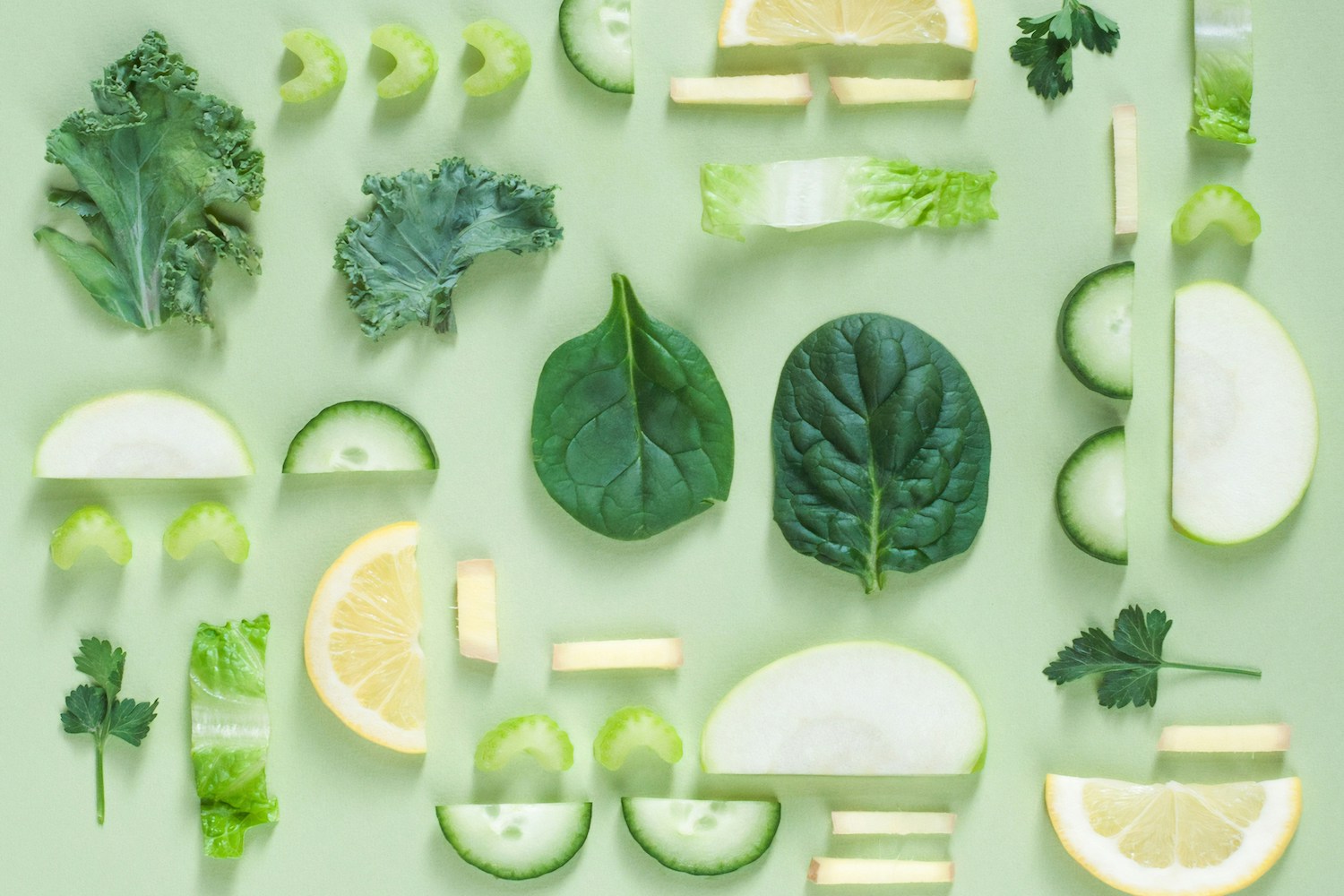Dry Skin Brushing
Dry skin brushing is a simple yet effective technique to rejuvenate your skin. It has gained popularity in recent years as a natural and invigorating skincare practice. This ancient technique involves using a brush with firm, natural bristles to gently massage and exfoliate your skin by sloughing away dead cells and promoting cell turnover. A long handle helps with the hard to reach places. This is done in a circular motion, starting from the feet and moving upwards towards the heart. Dry brushing can be done on both dry or slightly damp skin and is commonly practiced before showering or bathing. As you brush your skin, the bristles gently remove dead skin cells, revealing a more radiant and healthier complexion.
But dry brushing isn’t just about removing dead skin; it has numerous benefits for your overall well-being. In this article, we will explore the practice of dry brushing, its potential benefits, and the proper way to incorporate it into your skincare routine. If you’re curious about enhancing your skin’s radiance, reducing cellulite, and supporting overall skin health, read on to discover the wonders of dry brushing.
What are the main benefits of dry skin brushing?
- reduce the appearance of scars and stretch marks over time by improving the elasticity and tone of the skin.
- help unclog pores and improve skin texture.
- help relieve muscle tension and promote relaxation by stimulating nerve endings on the skin.
Dry brushing can invigorate and energize the body, making it a great addition to your morning routine.
It also promotes increased blood circulation, which can contribute to brighter and healthier-looking skin resulting in a healthy glow. It supports the skin’s natural detoxification process. The circular motions of brushing your skin stimulates blood flow to the surface, allowing oxygen and nutrients to reach your skin cells more effectively.
Additionally, dry brushing has been shown to stimulate and drain the lymphatic system. The lymphatic system plays a crucial role in our overall health by removing toxins and waste from the body. It’s important to pay attention to the lymph nodes in particular. Lymph nodes are small, bean-shaped structures located throughout the body and are an integral part of the lymphatic system. When dry brushing, it’s recommended to brush towards them to facilitate the movement of lymphatic fluid. The major clusters of lymph nodes in the body include the neck, armpits, and groin area. By brushing in the direction of these regions, you can help facilitate the drainage and elimination of toxins from the body.
This targeted approach can further enhance the detoxifying effects of dry skin brushing and support overall lymphatic health. As the bristles of the brush glide over the skin, they create gentle pressure that can help move lymphatic fluid through the lymphatic vessels and towards the lymph nodes. This process can enhance lymphatic circulation, aiding in the removal of waste and potentially reducing inflammation in the body. By promoting lymphatic drainage, dry brushing aids in detoxification and can contribute to your overall health and wellness.


Another compelling reason to incorporate dry brushing into your skincare routine is that some people claim that dry brushing can reduce the appearance of cellulite. Cellulite, those dimples and bumps that often appear on the thighs and buttocks, can be frustrating and difficult to minimize. However, by regularly dry brushing these problem areas, you can help break up the underlying fat deposits, stimulate collagen production, and improve the overall appearance of your skin. While dry brushing alone may not completely eliminate cellulite, it can certainly help in the battle against these unwanted skin changes.
Get started with dry brushing.
To get started with dry brushing, all you need is a high-quality bristle brush with a long handle and a few minutes of your time.
- Begin by standing in the shower or bathtub to catch any loose dead skin cells.
- Using long, sweeping strokes, brush upward towards your heart to follow the flow of lymphatic fluid, starting from your feet and working your way up. Remember to be gentle and avoid brushing on any broken or sensitive skin areas. If you find the bristles too harsh, you can opt for a softer brush or use a lighter touch.
- Aim for a brushing session of 1-3 times per week to avoid overstimulating the skin.
As you continue to practice dry brushing your skin regularly, you will notice it becoming softer, smoother, and more supple. After dry brushing, you can follow up with a shower or bath to cleanse your skin and enjoy the full benefits of the practice.
It’s important to listen to your body and adjust the frequency and intensity of dry brushing based on your individual needs. If you have any concerns or questions, consulting a dermatologist or skincare professional can provide personalized advice.
What should I look for in a dry brush?
When searching for the perfect dry brush, there are several factors to consider that will enhance your overall brushing experience.
First and foremost, opt for a brush made from wood rather than synthetic materials. This ensures durability and a natural feel against your skin. Additionally, prioritize a brush with non-synthetic bristles. These bristles are typically softer and provide a gentle yet effective exfoliation. The benefits of dry brushing are maximized when the bristles are firm yet pliable, promoting improved blood circulation and tightening of the skin.
Moreover, using a dry brush before showering can invigorate your senses and leave you feeling revitalized. So, when you’re browsing for a dry brush, pay close attention to the quality of the brush itself, the bristles, and the material it’s made from. Investing in a high-quality dry brush will undoubtedly improve your self-care routine and bring you one step closer to healthier looking skin.
Cleaning your dry skin brush is an important step to maintain its hygiene and extend its longevity. To clean your dry skin brush, start by rinsing it under warm water to remove any residual dry skin or debris. Then, use a mild soap or a mixture of warm water and gentle cleanser to thoroughly wash the bristles, gently massaging them to ensure all dirt is removed. Rinse the brush again under warm water until all soap residue is gone. After cleaning, gently squeeze out any excess water and allow the brush to air dry completely in a well-ventilated area, preferably with the bristles facing downwards. It’s best to clean your dry skin brush at least once a week, or more frequently if you notice a buildup of product or skin particles. Regular cleaning will help ensure that your dry skin brush remains clean and ready for your next dry brushing session, promoting a hygienic and effective skincare routine.
Risks of dry brushing.
Overall, incorporating dry brushing into your skincare routine can result in improved skin health and appearance. While dry brushing can be beneficial, it’s important to be aware of potential risks and exercise caution.
People with sensitive skin or certain skin conditions should avoid dry brushing. Individuals with specific skin conditions, such as eczema or psoriasis, should approach dry brushing with caution. These conditions can make the skin more susceptible to irritation, and dry brushing may exacerbate symptoms. If you have a skin condition, it’s advisable to consult with a dermatologist before attempting dry brushing to ensure it aligns with your treatment plan before incorporating it into your routine. Additionally, it’s crucial to avoid brushing too hard or using a brush with stiff bristles, as this can lead to irritation and damage to the skin
Dry brushing works.
In summary, dry brushing is a natural exfoliation technique that offers potential benefits for the skin. It can improve the skin’s texture, promote blood circulation, and support lymphatic drainage. However, it’s essential to practice dry brushing with caution, especially if you have sensitive skin or certain skin conditions. Remember to brush gently, avoid excessive pressure, and listen to your body’s needs. By incorporating dry brushing into your skincare routine wisely, you can unlock the skin benefits this practice has to offer. So why not add this revitalizing self-care practice to your daily routine?





